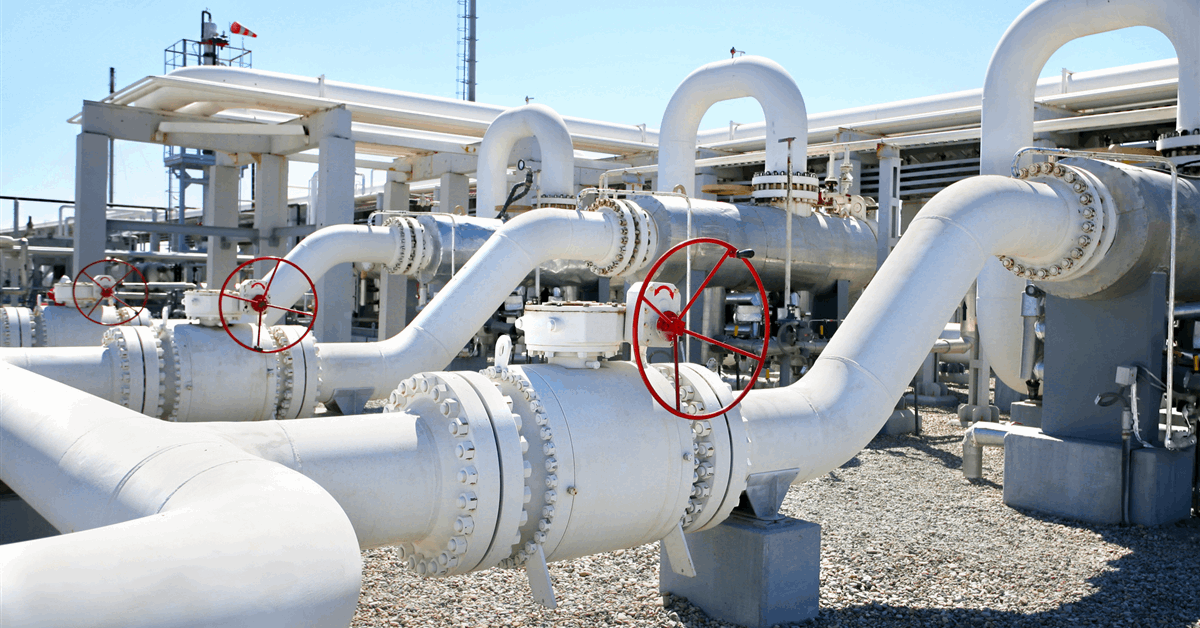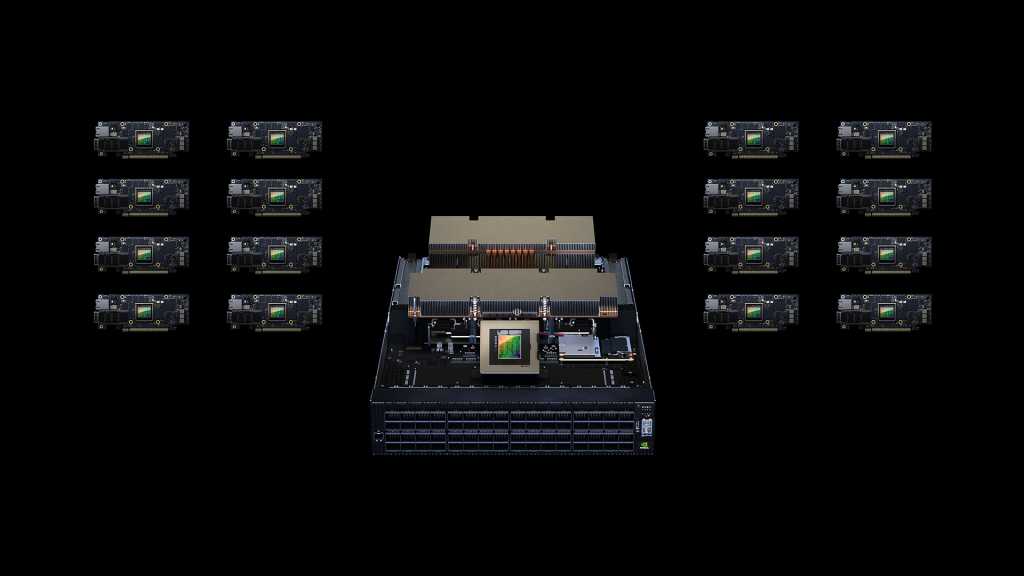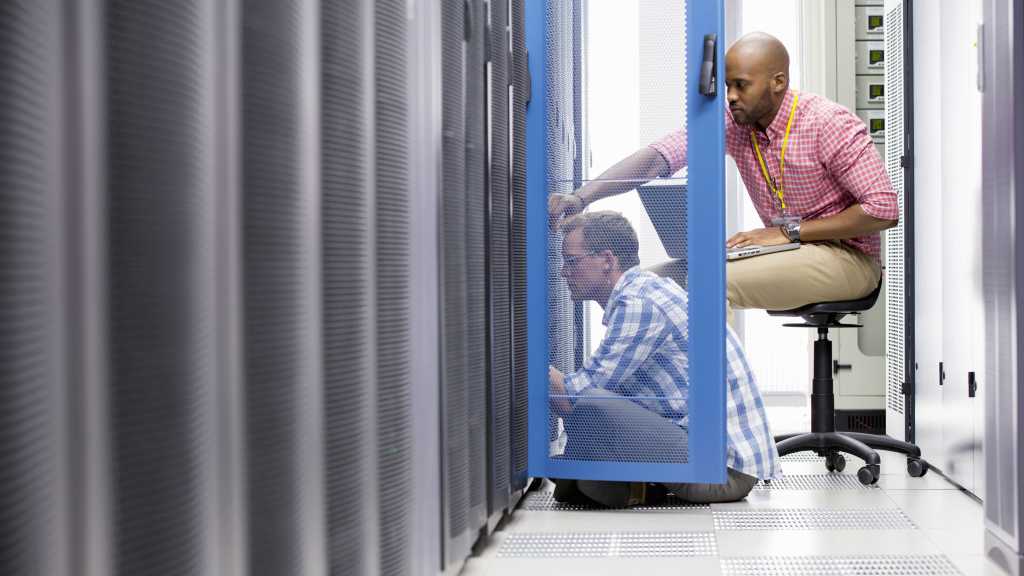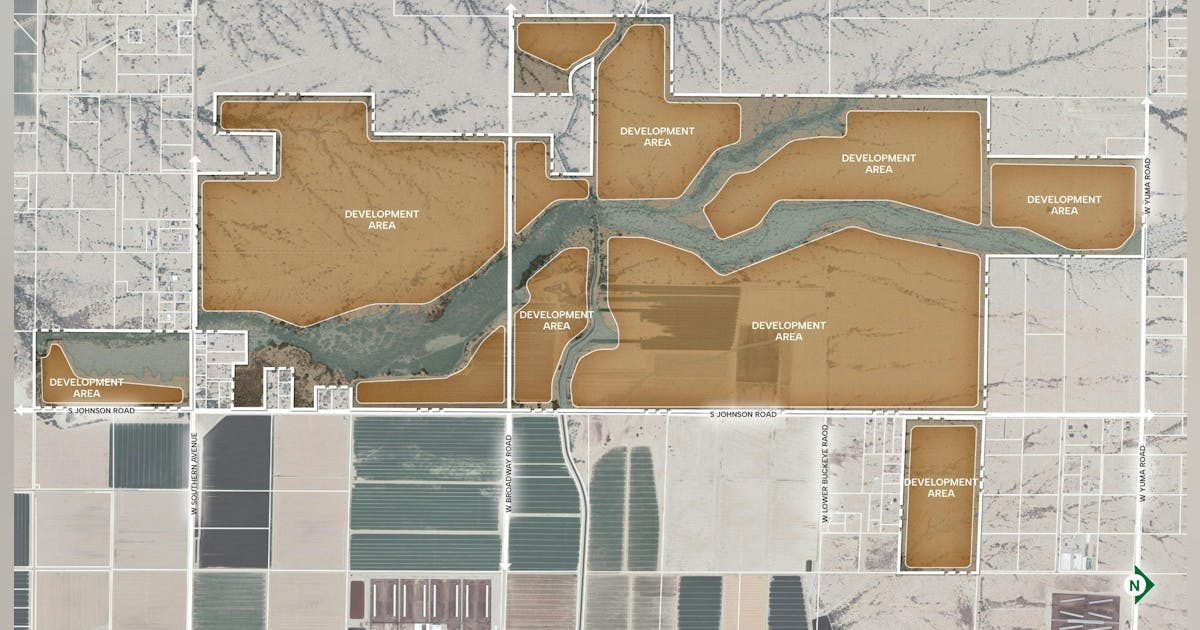
Malaysia’s Petroliam Nasional Berhad (Petronas) has produced the first hydrocarbons from the Bindu field, located 210 kilometers (136 miles) off the coast of Terengganu.
The project is under Petronas Carigali Sdn. Bhd., which became operator of the Gas Production Sharing Contract (GPSC) April 1, 2025.
The Bindu field development includes a new wellhead platform linked to the Guntong E production hub through a 62-kilometer (38.5-mile) pipeline. Both the topside and substructure were built locally, designed to operate without personnel, and powered by a solar energy system, Petronas said in a media release.
This project represents the last greenfield development under the current GPSC terms, with the field expected to reach a peak production of 75 million standard cubic feet a day of gas from two wells, Petronas said.
Petronas Carigali operates the field with a 50 percent participating interest in the GPSC. ExxonMobil Exploration and Production Malaysia Inc. holds the remaining stake.
“This first hydrocarbon production establishes Petronas Carigali’s operational readiness as GPSC operator. It demonstrates our technical expertise, accelerates domestic gas monetization, and most importantly, ensures maximum value from Malaysia’s resources for the nation”, Hazli Sham Kassim, Chief Executive Officer of Petronas Carigali, said.
“The GPSC operations supply nearly half of Peninsular Malaysia’s gas demand, powering both industrial-scale power plants and small-to-medium enterprise manufacturers through our existing infrastructure”, he added.
To contact the author, email [email protected]
What do you think? We’d love to hear from you, join the conversation on the
Rigzone Energy Network.
The Rigzone Energy Network is a new social experience created for you and all energy professionals to Speak Up about our industry, share knowledge, connect with peers and industry insiders and engage in a professional community that will empower your career in energy.
MORE FROM THIS AUTHOR





















